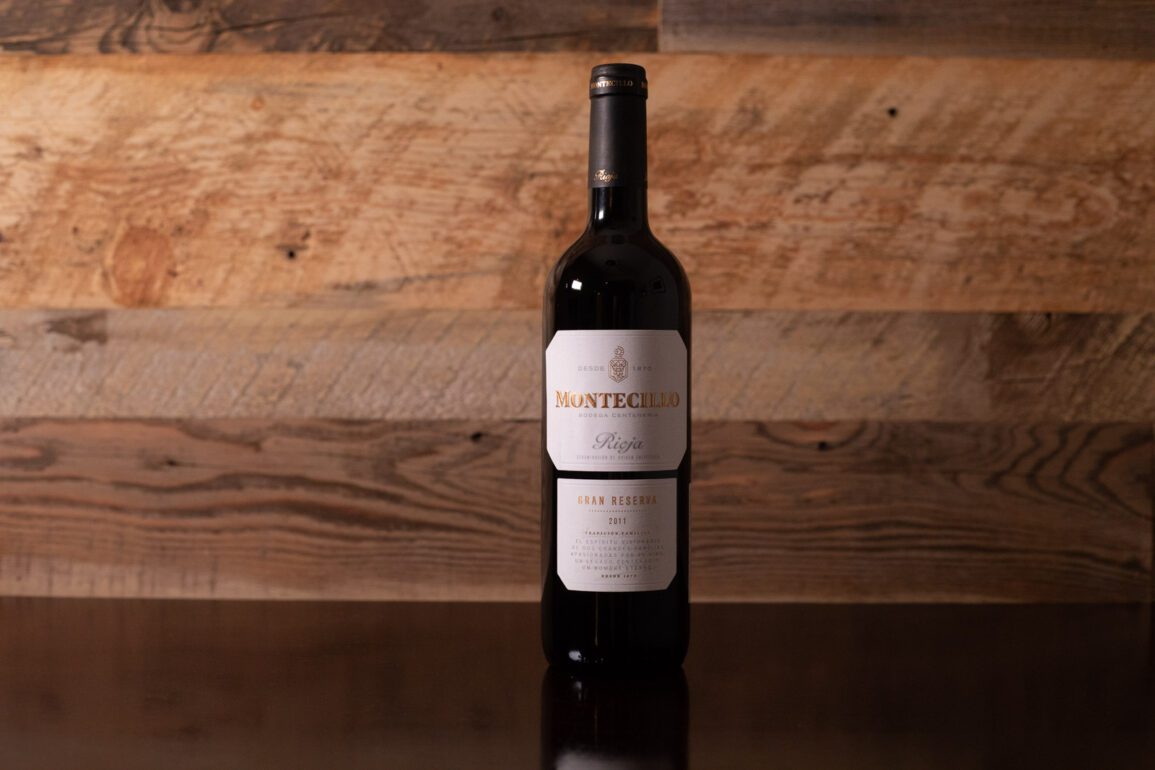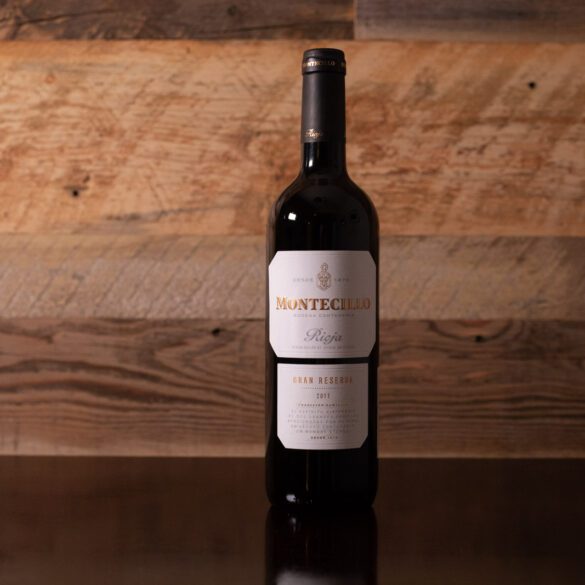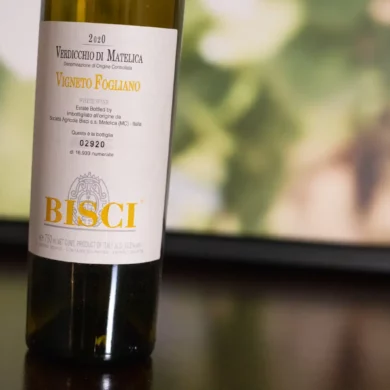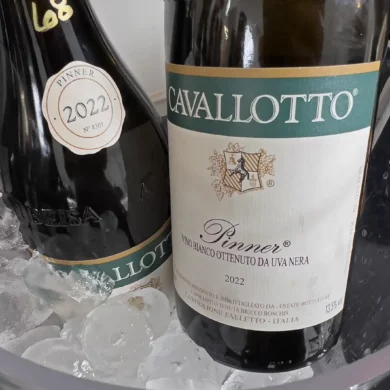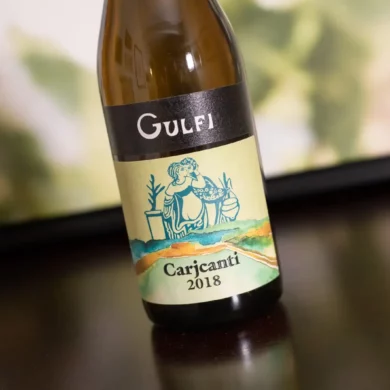Confession: I haven’t given Rioja the attention it deserves in recent years. It is nothing personal. One person simply can’t be in a hundred places at once, especially as a French and Italian wine specialist. But in my late twenties, this wine was the wine in our household. My wife and I were kidless and we were cooking every night, often lighting the grill in the backyard even if it was below freezing. I wasn’t a “scholar” of wine at that time, but I didn’t need to be. Harmony is harmony, and the alchemy of Tempranillo and/or Grenache with the smoky, carmelized edges of grilled pork or chicken or beef, always struck me as a winner.
With 161,424 acres of vineyards stretched across countless microclimates, the potential for variety and nuance is enormous in the Rioja DOCa.
Of course, a lot has changed in 15 years. I eat less meat and I’ve lost some hair. OK, not the most groundbreaking stuff, but in Rioja, a pivot in prioritization has altered the wine landscape for the better. In 2017, the region made a major amendment to its regulations which put the onus of quality on the origin of vineyard rather than just cellar technique. Like Chianti Classico, this blended wine region wants a seat at the terroir table, and why not? With 161,424 acres of vineyards stretched across countless microclimates, the potential for variety and nuance is enormous in the Rioja DOCa. If you can pivot the conversation away from the cellar and into the vines, suddenly everyone has a chance to garner attention.
Of course, craft still matters, particularly with the Gran Reserva-level wines, which are required to be aged for 5 years, with 24 months in oak, and a minimum of 24 months in bottle (this is actually a reduction in time in oak from before the 2017 amendment). And because of this long window before release — as well as an unchanged ethos for these wines — we get a glimpse of Rioja’s endurance and timelessness. Regulations may change with the times (and even the climate), but the soul remains the same. Or at least, so we hope.
This wine from Fuenmayor-based Bodegas Montecillo in the Rioja Alta is a fantastic glimpse of that Rioja character, even though it predates the new regulations. Pulsing through its core is a line of dried strawberry fruit that feels silky and persistent, and around the edges lies a leathery quality that is a distinctive trait of both age and provenance. I found it to be a wonderful reminder that you can stray away from your everyday wine for a period of time, yet return to it and find it mostly unchanged. And even with the shift toward more terroir-specific labeling, I am willing to bet that soul of Rioja will endure in more wines like this one.
2011 Montecillo Rioja Gran Reserva
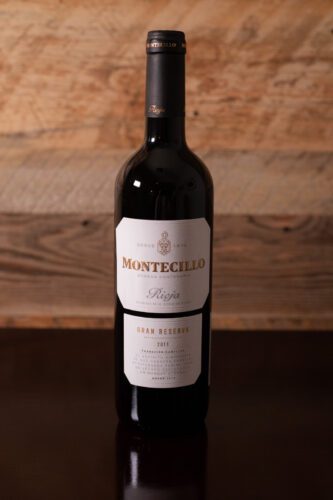 Rioja DOCa (La Rioja )
Rioja DOCa (La Rioja )
Grapes: Tempranillo (92%), Greciano (8%)
Alcohol: 14.5%
Opinion: ★★★★ 1/2 (out of five)
Food friendliness: Selective
Value: Very Good
A beginner might like … encountering the basics of aged red wine: the fruit remains but it is more reminiscent of dried fruit. The floral aromatics seem more like herbs, and the leathery nuances from before are more pronounced. On Instagram, I wrote about this last trait as “enough leather to make a jacket and go for a ride.” Sipping the wine a few nights later, that still holds true.
A wine obsessive might like … the wonderful balance. I don’t want to make too much of “ideal drinking windows,” but it is hard to find an element to Montecillo’s 2011 Rioja Gran Reserva that needs more time or that has been exhausted from age. That’s a wordy way of saying “drink now.”
Note: This wine was provided as a sample by Montecillo’s American press agency. Learn more about our editorial policy.
